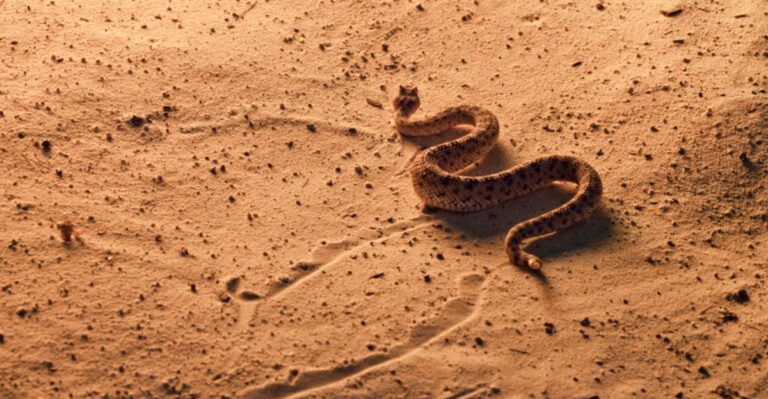Why Whales Might Be The Planet’s Most Overlooked Climate Heroes
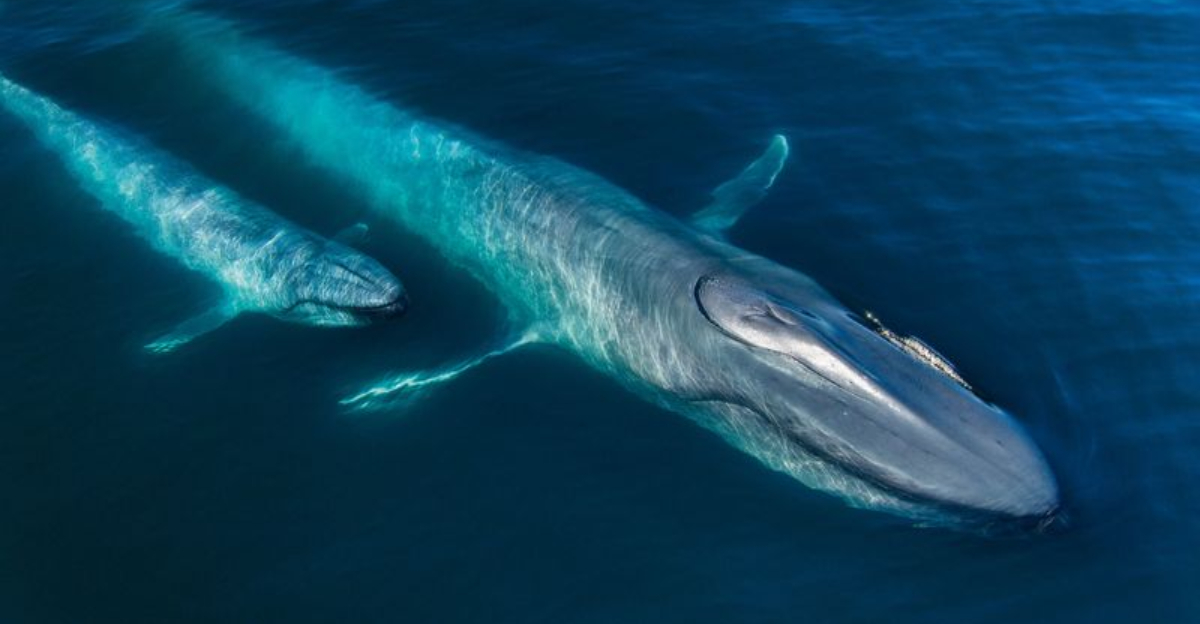
Beneath the ocean’s surface, the planet’s largest creatures are silently fighting climate change. Whales play an incredible role in capturing carbon and supporting marine ecosystems that keep our climate stable.
While trees and forests get most of the attention in climate discussions, these massive marine mammals might actually be some of Earth’s most powerful allies in the battle against global warming.
1. Carbon Storage Champions

A single great whale can lock away an astonishing 33 tons of carbon dioxide during its lifetime. That’s equivalent to thousands of trees working together!
Their massive bodies accumulate carbon over decades, functioning as living carbon vaults. When you consider there were once millions more whales in our oceans, you begin to understand their collective climate impact.
2. Seafloor Carbon Sequestration
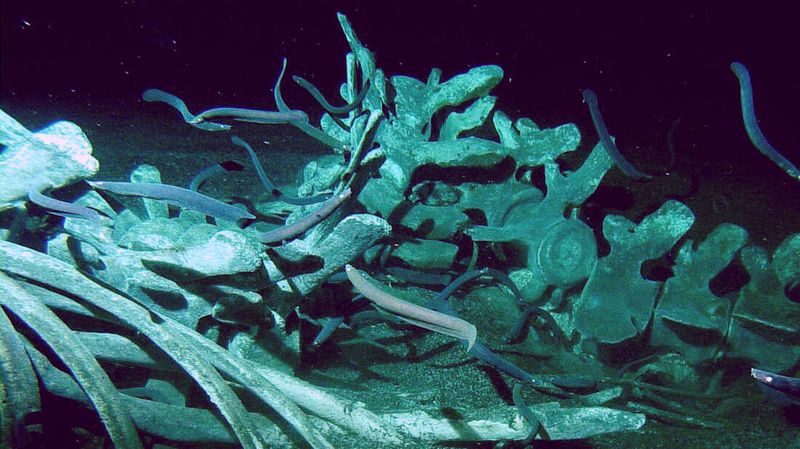
When whales die naturally, their bodies sink to the ocean floor in events called ‘whale falls.’ These carcasses become carbon time capsules, effectively removing that carbon from the atmosphere for centuries.
Scientists estimate a single whale fall locks away carbon equivalent to thousands of trees. The ocean floor becomes a permanent carbon repository thanks to these gentle giants.
3. Fertilizing Ocean Gardens
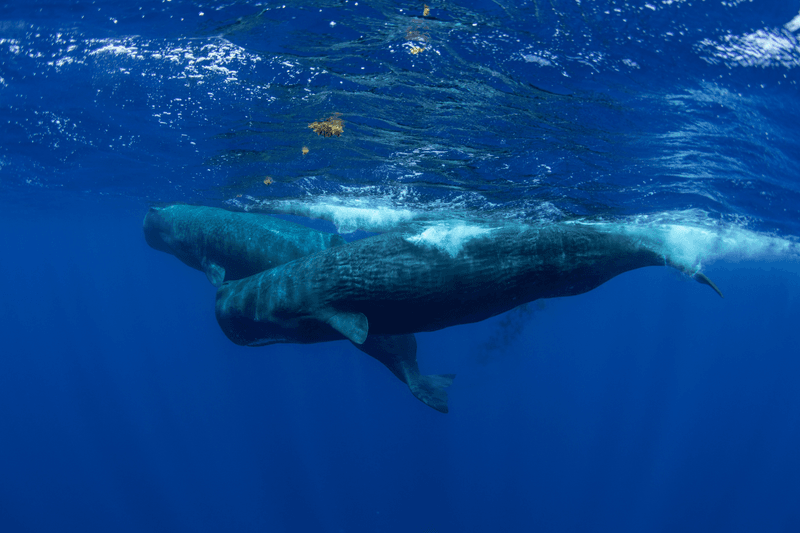
Whale poop might sound gross, but it’s actually climate gold! Rich in iron and nitrogen, whale feces fertilize tiny plants called phytoplankton near the ocean surface.
These microscopic organisms absorb carbon dioxide through photosynthesis just like land plants. Marine biologists have found that areas with more whales often have more thriving phytoplankton blooms, creating natural carbon capture zones.
4. Ocean’s Photosynthesis Boosters
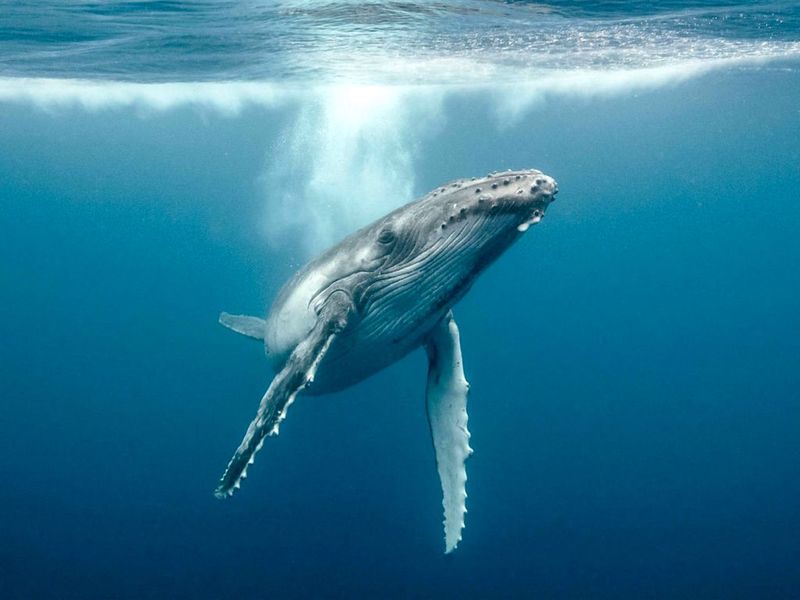
Whales create a remarkable feedback loop in our oceans. Their movements and waste products nourish phytoplankton, which collectively capture about 40% of all global CO₂ produced.
Without healthy whale populations, these tiny carbon-capturing plants struggle. Research shows that pre-whaling phytoplankton populations were significantly more abundant, pulling millions more tons of carbon from our atmosphere annually.
5. Nature’s Ocean Mixers
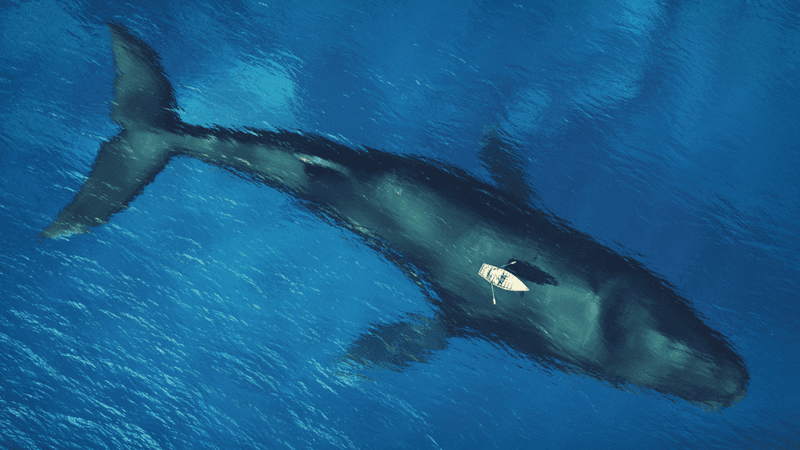
Whales are living water pumps! Their vertical movements create what scientists call the ‘whale pump’ effect, mixing nutrient-rich deep water with surface waters.
This natural stirring brings vital nutrients up from the depths to feed carbon-absorbing organisms. The physical displacement of water as massive whales swim upward creates currents that wouldn’t exist otherwise, enhancing ocean productivity.
6. Global Nutrient Transporters
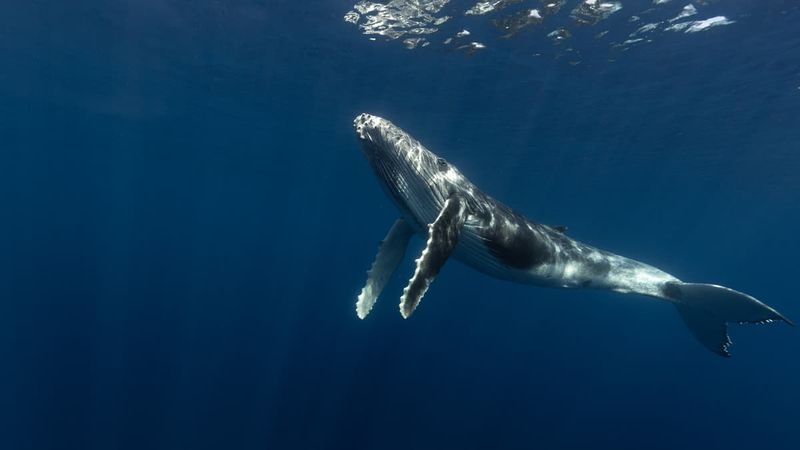
Many whale species undertake epic migrations spanning thousands of miles. These journeys spread nutrients across different ocean regions as they feed in one area and release waste in another.
This planetary-scale nutrient transport enhances marine productivity globally. Gray whales, for example, feed in the Arctic but release nutrients in warmer breeding grounds, connecting ecosystems across vast distances.
7. Guardians Of Blue Carbon Ecosystems
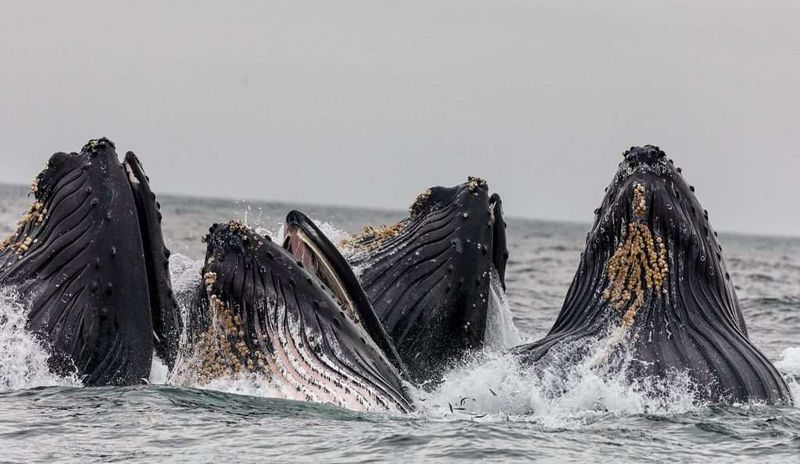
Healthy whale populations support the entire marine food web. Their presence helps maintain balanced ecosystems that include seagrasses, salt marshes, and mangroves – all powerful carbon-storing habitats.
These ‘blue carbon’ ecosystems capture carbon up to 40 times faster than forests! By protecting whales, we indirectly safeguard these crucial carbon sinks that help regulate our global climate system.
8. Lost Climate Allies
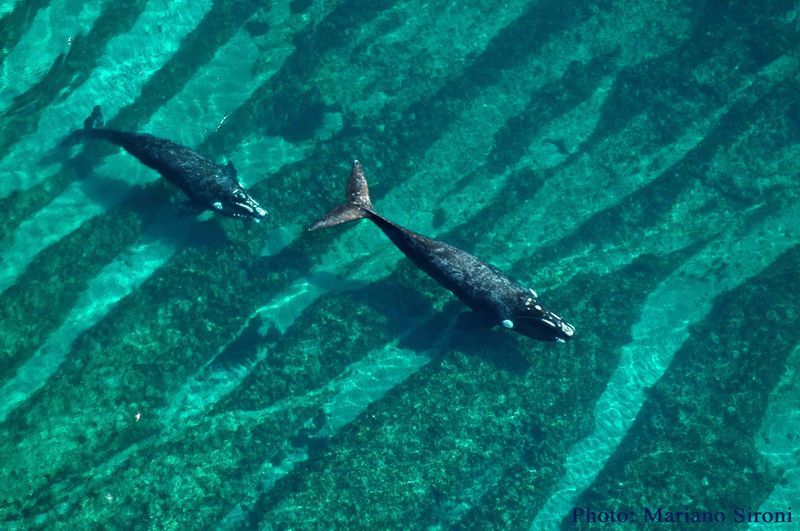
Before commercial whaling decimated their numbers, our oceans hosted at least 4-5 times more whales than today. This massive population likely removed millions of tons of carbon annually.
Historical records suggest pre-industrial whale populations numbered in the millions. The climate impact of losing so many of these natural carbon engineers has never been fully calculated, but scientists believe it significantly reduced ocean carbon capture.
9. Multi-Century Climate Stabilizers
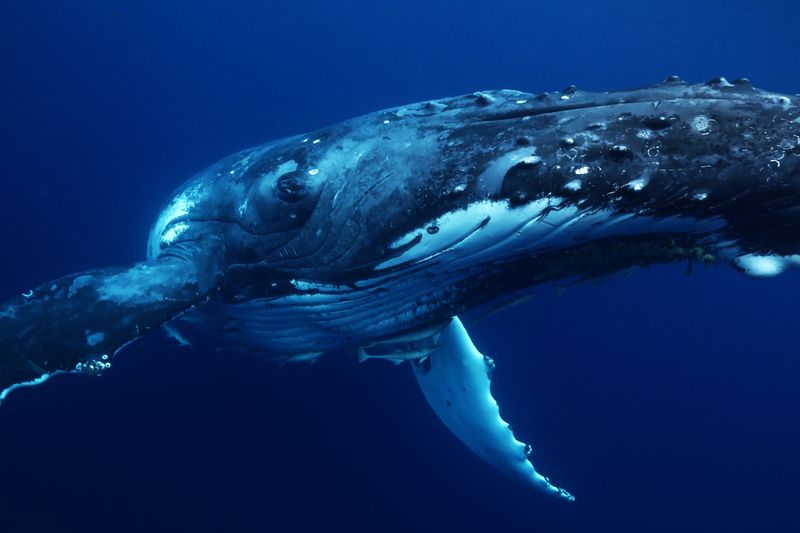
Whales can live extraordinarily long lives – bowhead whales regularly reach 200+ years! This longevity means each individual stores carbon for centuries rather than decades.
Their multi-generational presence creates climate stability across centuries. Unlike trees that eventually release carbon when they die and decompose, whale carbon often remains locked away in deep ocean sediments for millennia.
10. Rewilding Potential
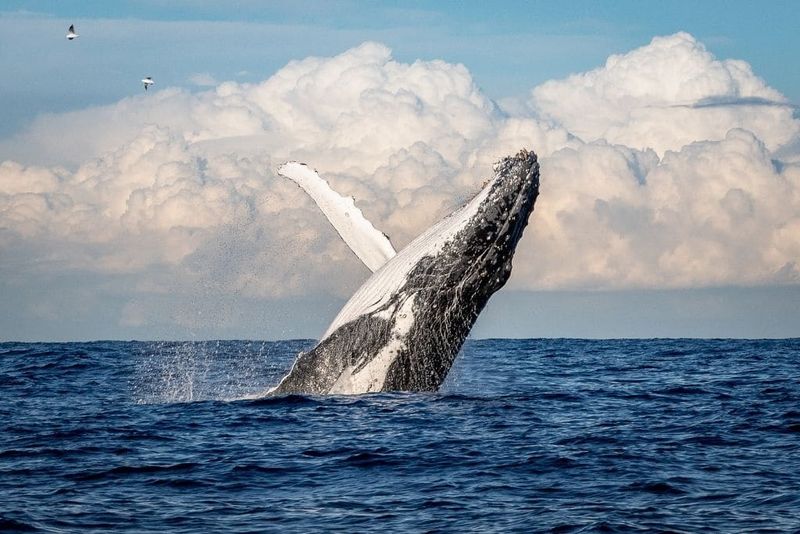
Recovering whale populations could be a powerful climate solution hiding in plain sight. Scientists estimate that increasing global whale numbers to even half their pre-whaling levels could capture hundreds of millions of tons of carbon.
This natural climate solution requires no new technology – just protection and conservation. Marine sanctuaries and reduced fishing gear entanglements could help whale populations recover faster.
11. Emerging Whale Carbon Markets
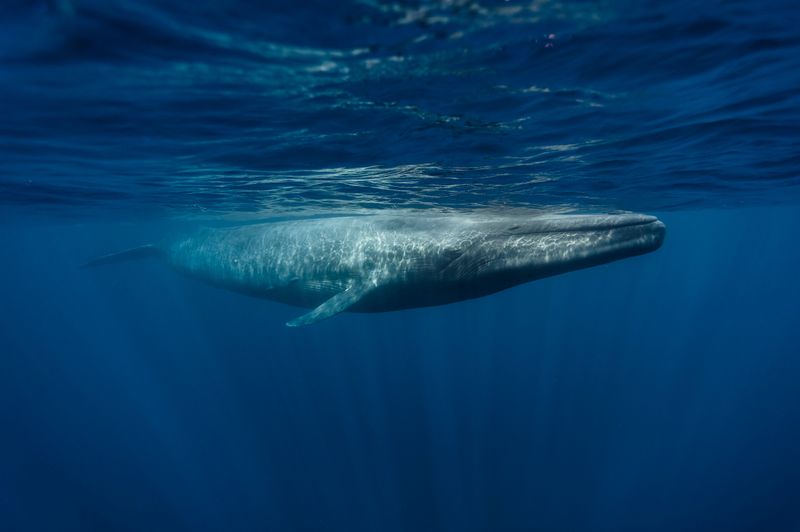
Innovative economists are developing financial mechanisms that value whales for their carbon services. Some calculations suggest each great whale provides climate benefits worth over $2 million through carbon capture!
These emerging ‘whale carbon credits’ could fund conservation efforts worldwide. Countries with significant whale populations might someday receive climate finance for protecting these natural carbon capture systems.
12. Living Climate Lesson
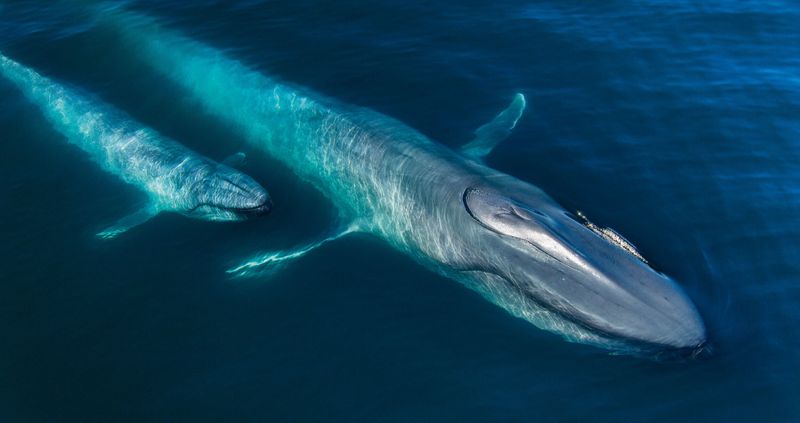
Whales demonstrate that biodiversity and climate stability are inseparable. Their massive bodies represent both carbon storage and biodiversity value in one magnificent package.
As we search for climate solutions, whales remind us that protecting living systems often provides multiple benefits. Their recovery could simultaneously address both the biodiversity crisis and climate emergency, showing how nature’s solutions are often the most elegant.





